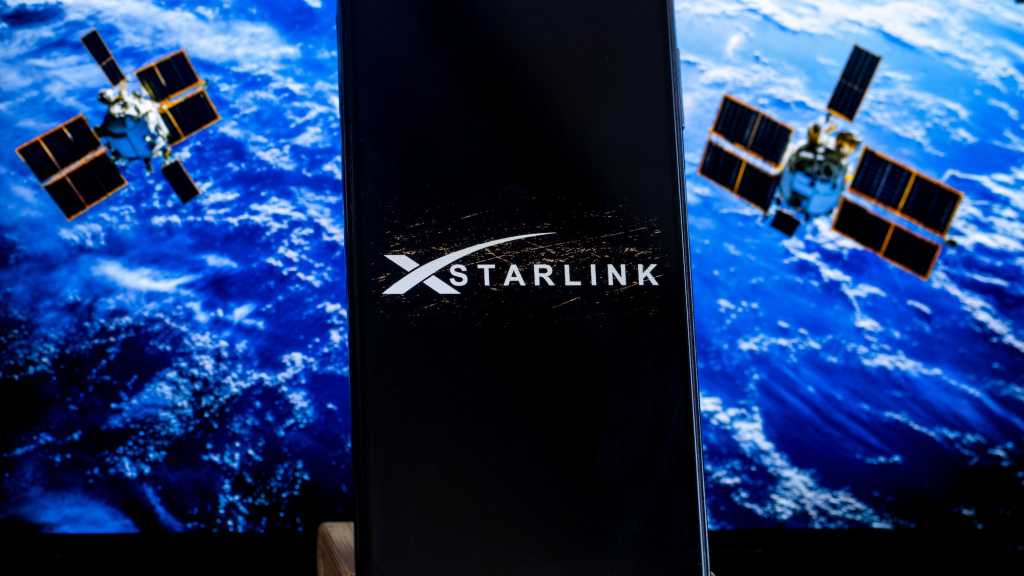SpaceX’s Starlink satellite internet continues to grow, but as it does, it’s been bringing lots of unexpected side effects with it.
According to astrophysicist Jonathan McDowell from the Harvard-Smithsonian Center for Astrophysics, one to two Starlink satellites are re-entering Earth’s atmosphere and burning up every single day.
McDowell says this number could increase to five per day in the coming years if other networks, such as Amazon Kuiper or planned Chinese systems, join the fray. What does that mean for Earth?
Almost 10,000 Starlink satellites in orbit
Since the program first started in 2019, SpaceX has launched almost 10,000 Starlink satellites into low Earth orbit (LEO). According to McDowell’s count, around 8,500 of them are currently active, while the rest are considered out of service or have already burned up.
As the satellites orbit Earth at an altitude of around 340 miles (550 kilometers), they slowly lose altitude over time due to the low air resistance and eventually re-enter the atmosphere. When they do, they burn up completely—but sometimes fragments reach the ground.
According to McDowell, the satellites need to be replaced every five years on average. With the planned expansion of Starlink’s fleet to around 30,000 satellites, the number of re-entries will also increase. And it will get even worse when you consider other satellite-based projects, which could bump the total up to over 50,000 satellites in low orbit.
Solar storms and collisions as a risk
The lifespan of satellites is heavily dependent on solar activity. During solar storms, the upper atmosphere expands, increasing air resistance and causing satellites to lose altitude more quickly. A well-known example: in February 2022, around 40 Starlink satellites were lost as a result of a geomagnetic storm.
The risk of collisions in space is also increasing. When two objects in orbit collide, they produce debris—and as the density of orbiting objects increases, the amount of debris continues to increase, raising the chance of collisions. In effect, one collision could then cause a cascade or chain reaction of multiple collisions. This is known as Kessler syndrome.
Consequences for the atmosphere
Earth’s atmosphere could also be affected by the growing number of satellites burning up. Re-entry produces particles of aluminium oxide, which accumulate in higher layers of air.
A US modeling study estimates that up to 10,000 tons of aluminium oxide could be released annually by 2040 under current expansion plans. That’s enough to warm the uppermost layers of the atmosphere (mesosphere/thermosphere) by around 1.5 degrees Celsius and possibly change chemical processes in the ozone layer.
However, these results are based on model simulations with uncertainties. They depend heavily on the actual number, composition, and size of the satellites that burn up. A typical Starlink satellite weighs around 550 pounds (250 kilograms), which is estimated to produce around 66 pounds (30 kilograms) of aluminium oxide.
Growing challenges in space
There’s currently no immediate danger to everyday life or civilization, but the risk of space debris, collisions, and environmental consequences increases with every new satellite added to low Earth orbit.
Although there are international guidelines for the disposal of decommissioned satellites, there are no binding global rules for the dismantling of large mega-constellations.
Experts are therefore calling for a coordinated international approach to control safety in orbit and to mitigate possible consequences for Earth’s atmosphere in the long term.
This article originally appeared on our sister publication PC-WELT and was translated and localized from German.

